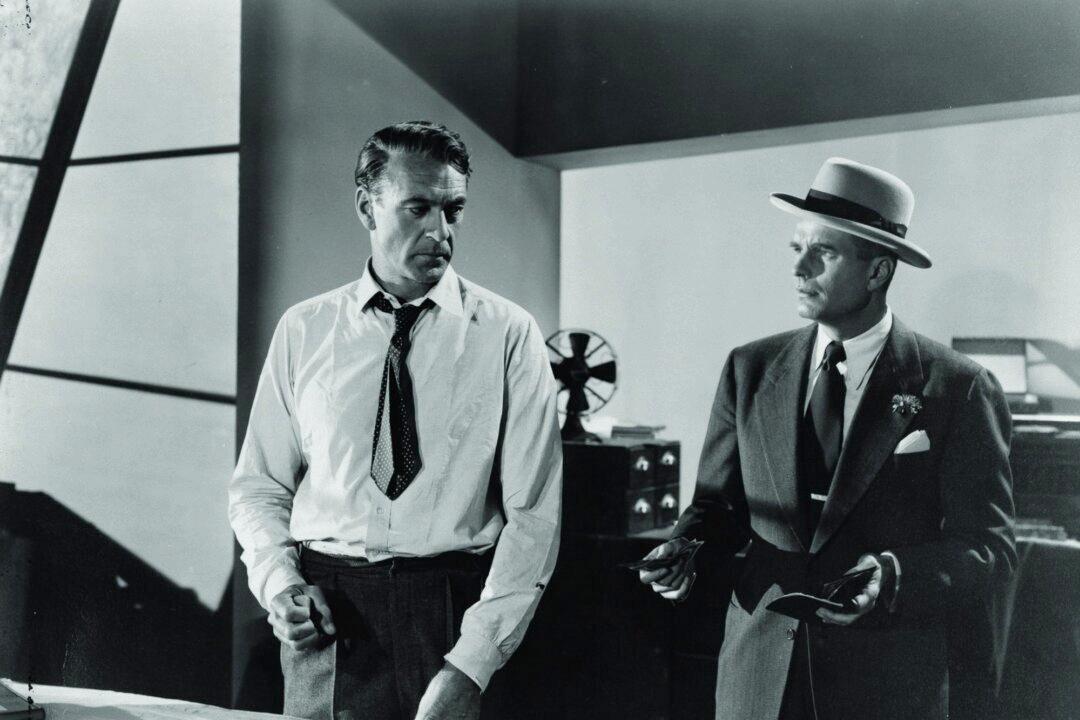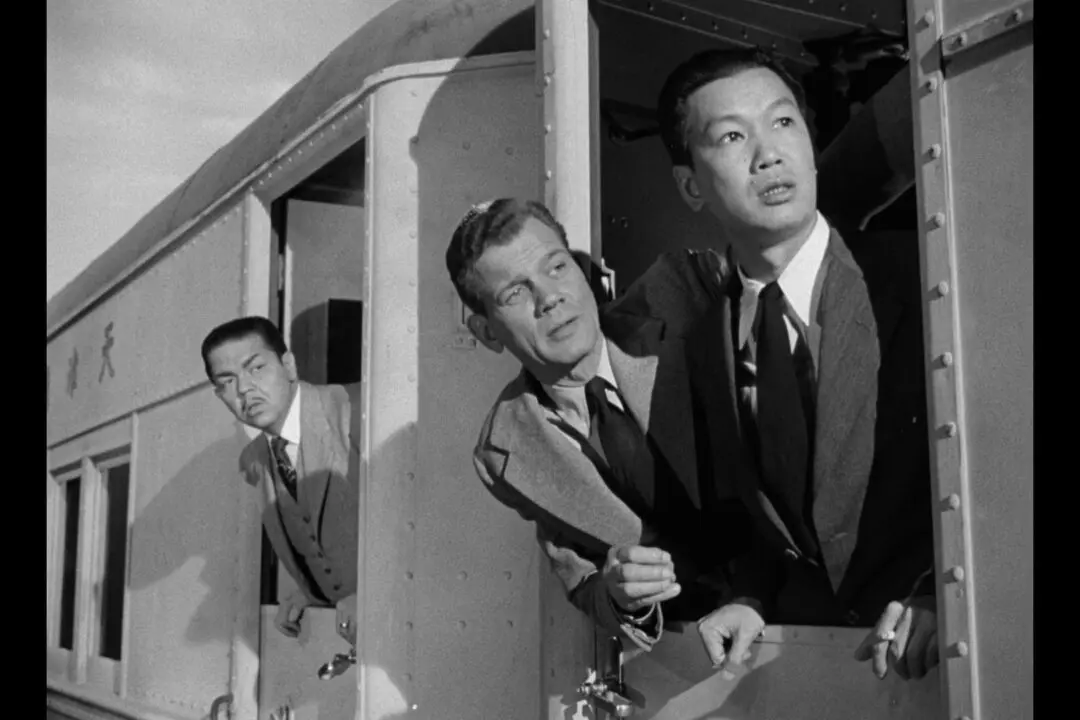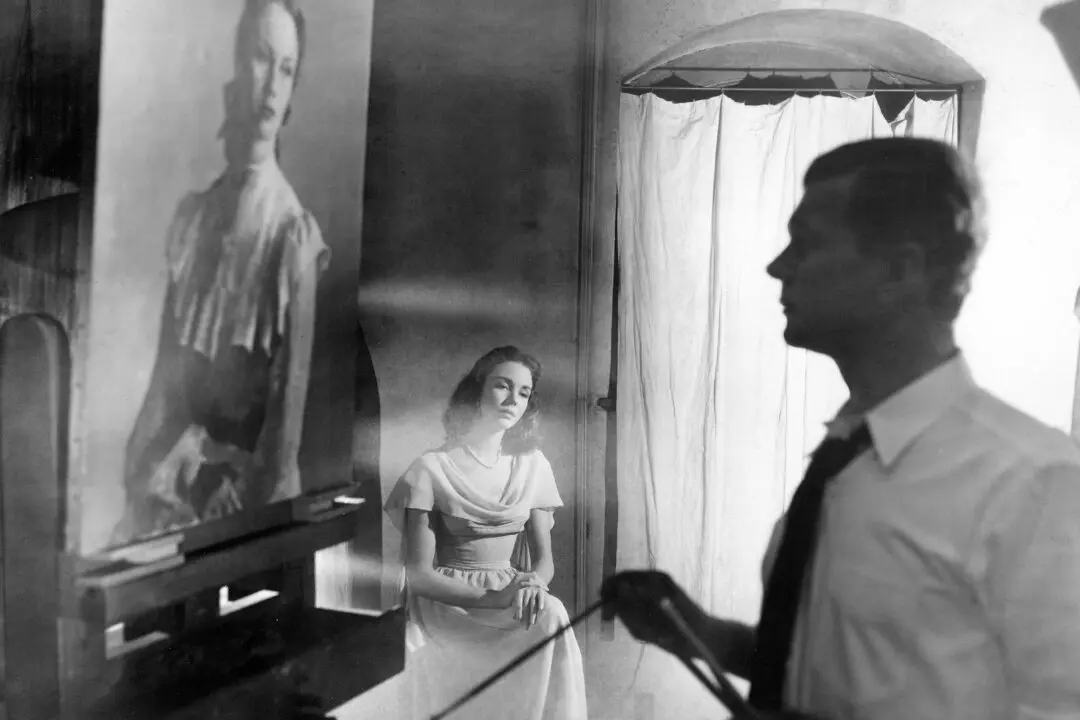NR | 1 h 52 min | Drama | 1949
If a man isn’t true to himself and, therefore, to his creations (paintings, poems, novels, architecture or music), they and he won’t endure. Director King Vidor’s anti-communist film suggests that individuals must not submit unreservedly to a concocted common good. Far from serving society, they corrupt it. While communism strives to erase the individual, this tale reflects on the reverse. It is the free-thinking, self-respecting individual who decides what society will, and won’t, become.





